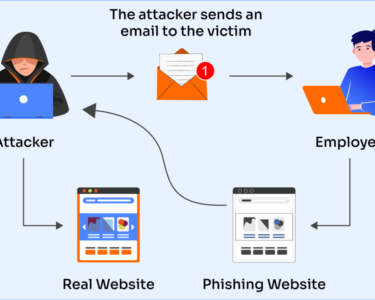
Digital Security: The Privacy vs. Security Dilemma
In the era of digital transformation, the internet has become an integral part of our lives. We connect, communicate, shop, bank, and access countless services online. However, this digital convenience comes with a trade-off: the tension between privacy and security.
Privacy: The Right to Control Our Data
Privacy refers to the right of individuals to control their personal information. It encompasses the ability to choose what data to share, with whom, and for what purpose. In the digital realm, privacy is threatened by data collection practices, surveillance technologies, and cyberattacks.
Security: Protecting Our Data from Threats
On the other hand, security aims to protect data from unauthorized access, use, or disclosure. It involves implementing measures such as encryption, authentication, and network security. Robust security measures are essential to prevent data breaches, cybercrime, and identity theft.
The Dilemma: Balancing Privacy and Security
The challenge lies in finding a balance between privacy and security. Excessive privacy measures can hinder security efforts, while excessive security measures can erode privacy rights. For example, collecting vast amounts of personal data may enhance security but also create privacy concerns.
Finding a Compromise
Striking a compromise requires a nuanced approach that considers the following factors:
- Balancing Risks: Weigh the potential privacy risks against the security benefits of data collection and surveillance.
- Consent and Transparency: Obtain informed consent from individuals before collecting and using their data, and ensure transparency about data usage.
- Data Minimization: Collect only the data necessary for specific purposes and delete it when no longer needed.
- Technological Solutions: Employ advanced encryption and privacy-enhancing technologies to protect data while maintaining usability.
- Legal Frameworks: Develop and enforce laws that protect privacy and ensure responsible data handling.
The Role of Individuals and Governments
Individuals have a responsibility to protect their privacy by being aware of data collection practices, using secure online habits, and supporting privacy-conscious organizations. Governments must enact and enforce privacy regulations, foster collaboration among stakeholders, and invest in research and development.
Conclusion
The digital security landscape is constantly evolving, and the privacy vs. security dilemma will likely persist. Finding a reasonable balance requires a multi-faceted approach involving both individuals and governments. By embracing privacy-enhancing technologies, fostering transparency, and balancing risks, we can harness the benefits of the digital world while safeguarding our fundamental right to privacy. Remember, maintaining digital security is a shared responsibility that requires vigilance and collaboration.



